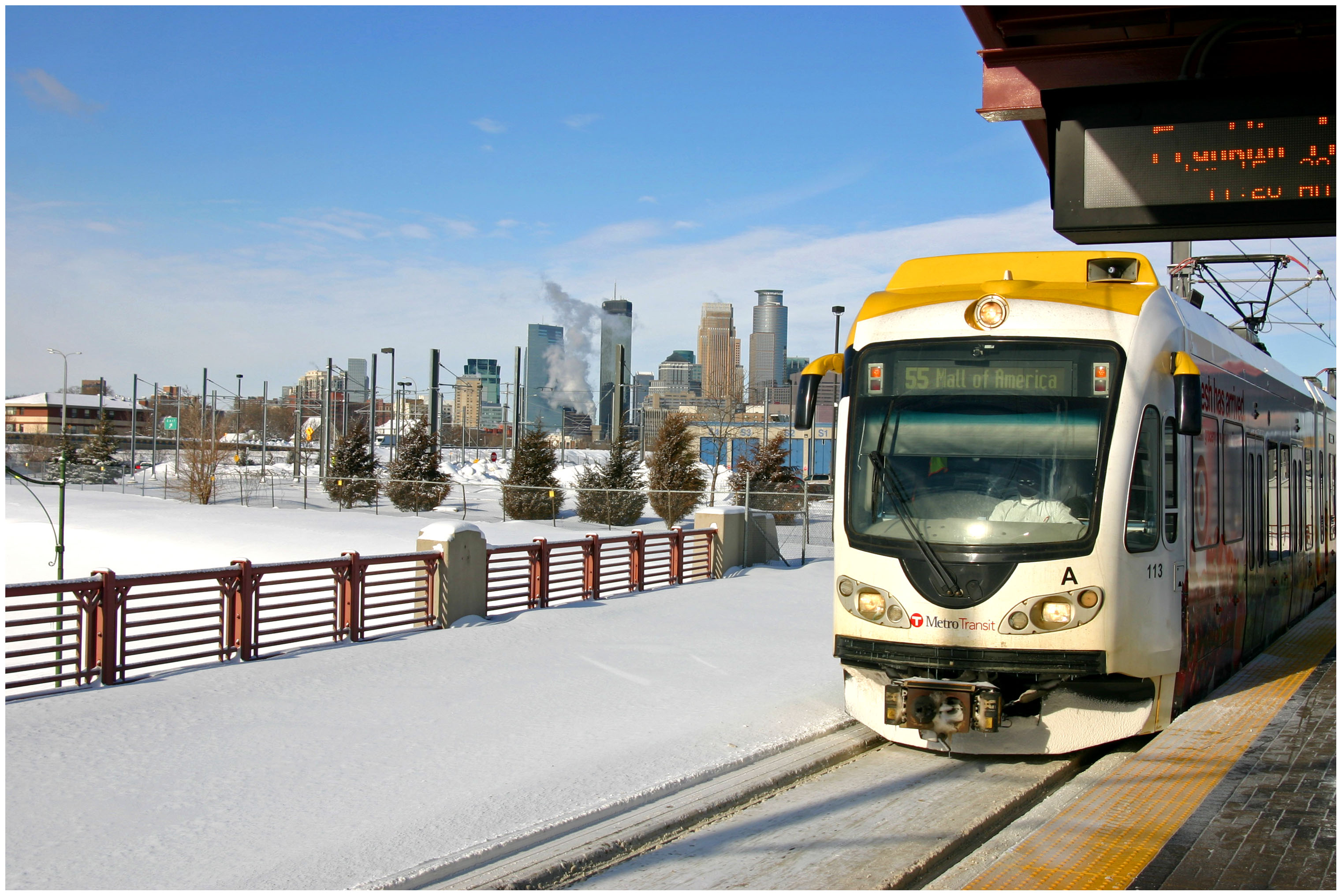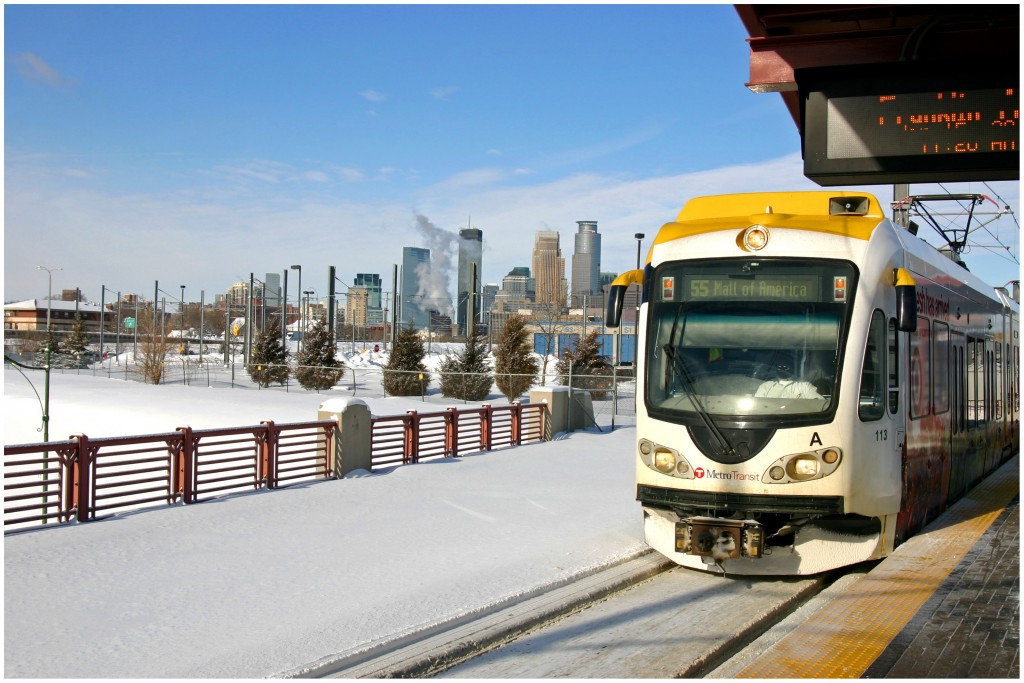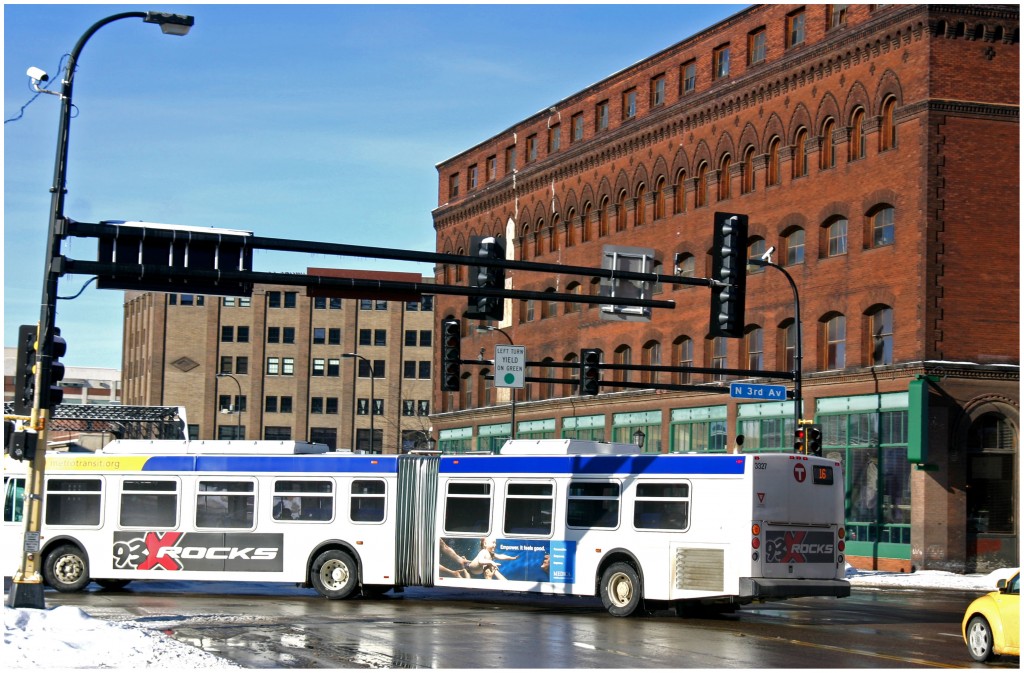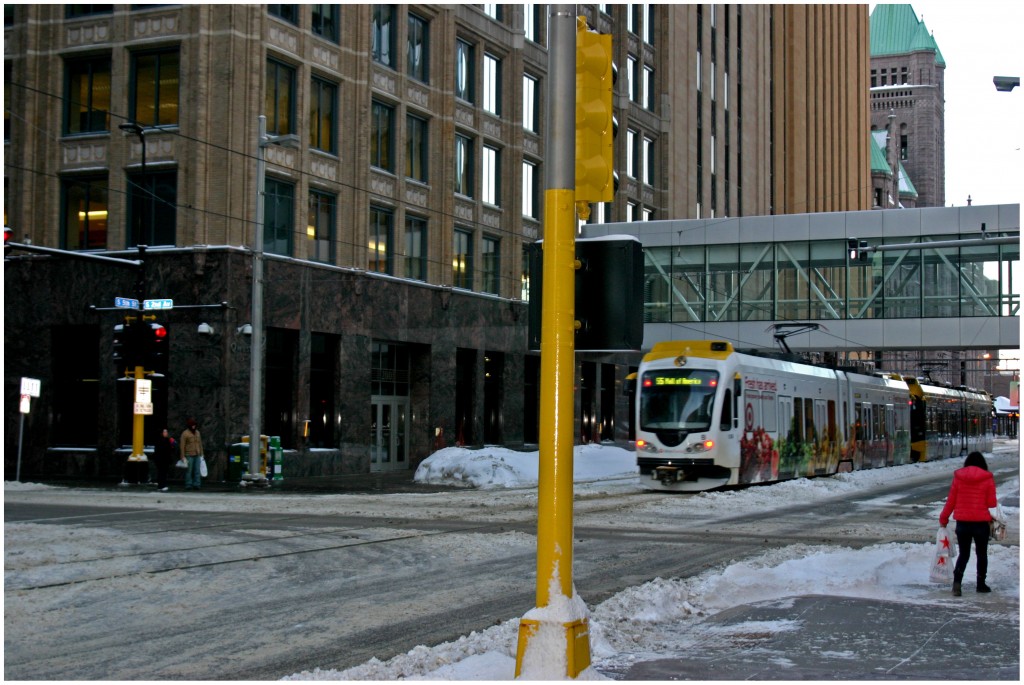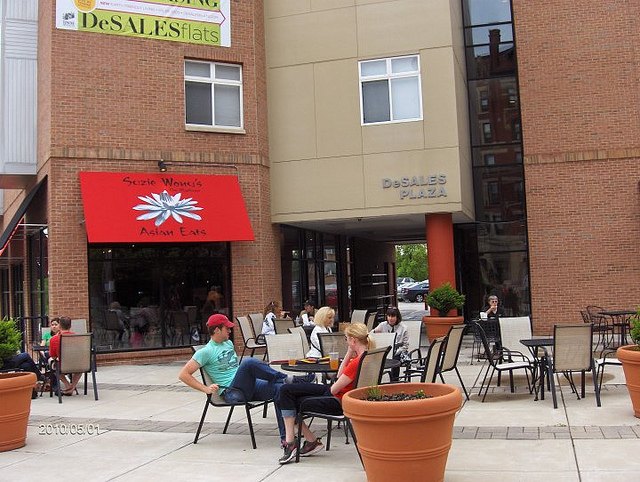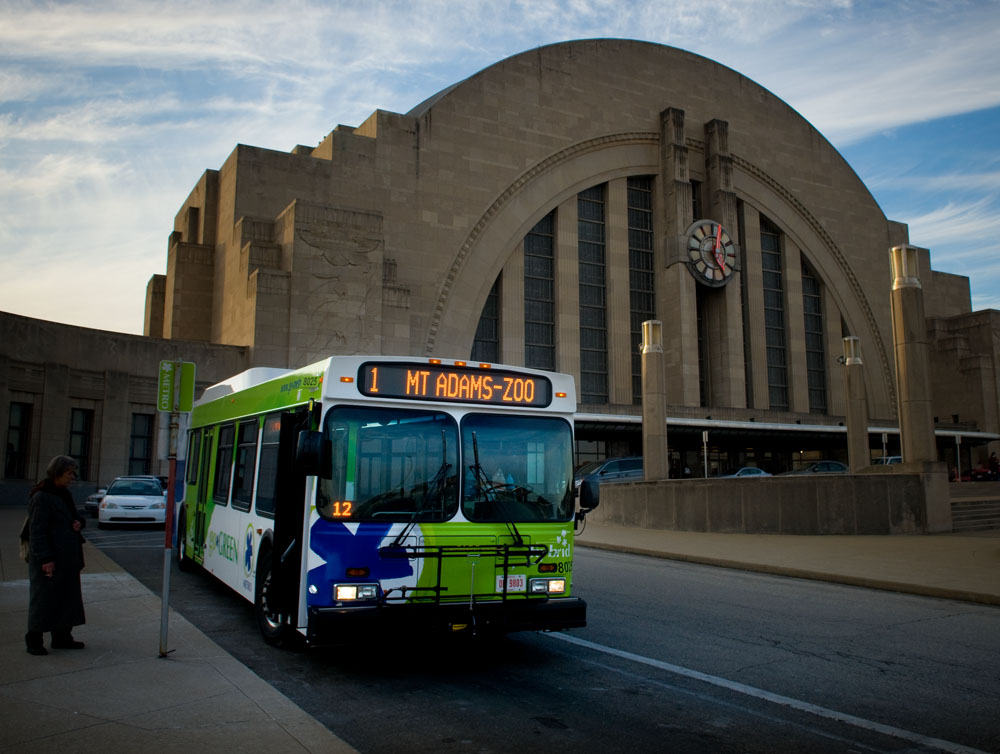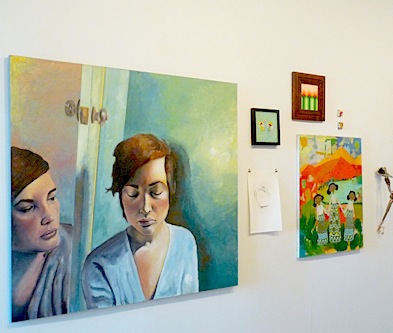 They’re artists, they’re local, and they’re women. “Lady Parts”, on display in Newport, Kentucky in the gallery at the Southgate House, is an all female art exhibition focusing on bringing women together in celebration of their art. Sara Relojo, a graduate student from Hebron, Kentucky, organized the show, which opened June 3, with the hopes of giving exposure to fellow female artists.
They’re artists, they’re local, and they’re women. “Lady Parts”, on display in Newport, Kentucky in the gallery at the Southgate House, is an all female art exhibition focusing on bringing women together in celebration of their art. Sara Relojo, a graduate student from Hebron, Kentucky, organized the show, which opened June 3, with the hopes of giving exposure to fellow female artists.
“So I wanted to kinda of get everybody together to show the variety of work that women create in the area,” Relojo explained. “I just really want to celebrate the fact that there are women that show and women that create artwork.”
With over 14 artists exhibiting in the group show, including Andi Martin, Andrea Bellen, Arynn Blazer, Didem Mert, Elise Thompson, Emily Lind, Jacklyn Howard, Kate Dube, Lauren Mira, Michelle Eikenbary Calis, Molly Donnemeyer, Monica Brewer, Sara Relojo, Tilley Stone and more, there is a wide variety of artwork to keep the artistic palate satiated, including painting, drawing, photography, printmaking, and mixed media.
The theme behind Lady Parts: there is no defined theme. “The only theme that we wanted was women who are practicing in the area, Northern Kentucky and Cincinnati, to show what they already do, so that we can actually put everything together, “ Tilley Stone, a participating artist said. “That way people aren’t kind of changing their style or their artistic voice to conform to something all together. They could just enter pieces that they already had and exist together in a space.”
“Lady Parts” is on display through June 24 at 24 E. 3rd Street in Newport, Kentucky. For more information about gallery hours contact the
Southgate House via phone at (859) 431-2201.
Lady Parts art photo by Shawn Buckenmeyer for UrbanCincy

